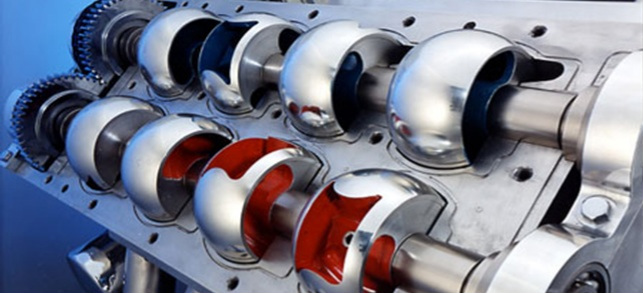Forum Discussion
15 Replies
- MEXICOWANDERERExplorerWoowee
Rubber cam lobes!
The higher the RPM
The wilder the grind - WILDEBILL308Explorer IISo explain how this is going to improve my mileage and performance in a diesel engine that is governed to 2600 rpm? I do think the electromagnetic valve actuation will end up being the winner because you could program different timing like having a variable cam.
Bill - Chris_BryantExplorer II
K Charles wrote:
I would bet that electromagnetic valve actuation will end up being the winner.
That's what I would bet- reason being the valve train can be put under direct control of the engine cpu. - fj12ryderExplorer IIIWhat advantage does the hydraulic valve lash mechanism have when referring to the fuel required to open the valves? All the hydraulic valve lash mechanism does is limit the need for manual valve clearance checks. Or were the two questions unrelated?
- MEXICOWANDERERExplorerHow much fuel does it require to press open sixteen or thirty-two or however many valve springs per miles of driving? Why not utilize hydraulic valve lash mechanisms? Anyone remember the first modern auto line to incorporate hydraulic lifters? No fair GOOGLING this...
- Tom_M1ExplorerDucati motorcycles have used the desmodromic system for decades.
- RJsfishinExplorerI'm glad their getting it all figured out,..... I am sic and tired of my valves floating all the time !
- DrewEExplorer II
WILDEBILL308 wrote:
I am wondering how they keep the adjustment perfect all the time. You would need to be constantly adjusting your lash or the valve wouldn't be closing completely.
Bill
Wouldn't the combustion chamber pressures to some extent help force the valves closed? The main exception would probably be leakage around the exhaust valve during the intake stroke, and perhaps not even much of that for a turbocharged engine and a cleverly tuned exhaust system.
On some early (four stroke) gas engines, only the exhaust valve was operated via a cam arrangement. The intake valve was just sprung very lightly and negative pressure during the intake stroke pulled the charge into the combustion chamber, while the compression stroke closed it. - WILDEBILL308Explorer III am wondering how they keep the adjustment perfect all the time. You would need to be constantly adjusting your lash or the valve wouldn't be closing completely.
Bill - Home_SkilletExplorer II
About Technical Issues
Having RV issues? Connect with others who have been in your shoes.24,344 PostsLatest Activity: Dec 24, 2025
